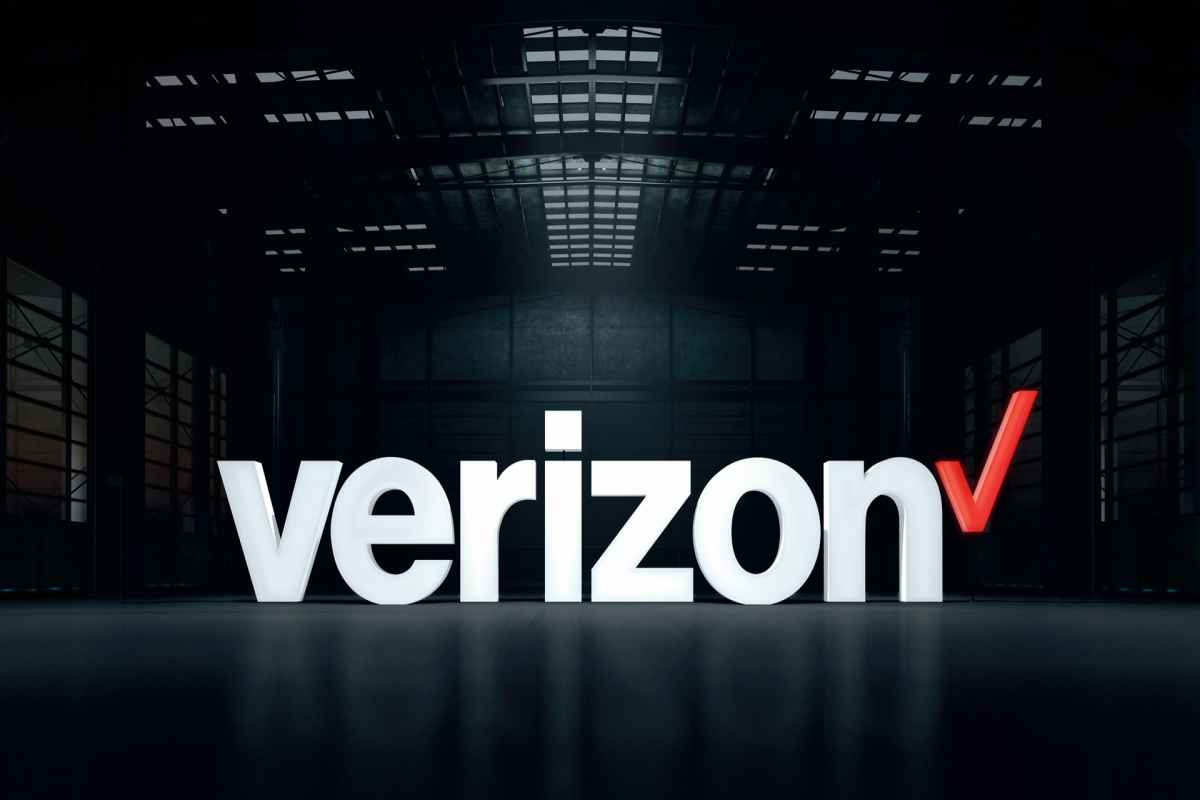
As per Verizon's VP of Network Planning Kevin Smith, the operator is now seeking to increase its metro fibre backbone and network core with 400G capabilities. This will enable it to handle an incredible amount of traffic.
Verizon Explored With 200G and 400G
On Wednesday, Smith gave the opening remarks at Fierce's Optical Networking Summit. He stated Verizon's metro network begins with a baseline capability of 100G. It first introduced this capacity with Ciena back in 2011, but according to Smith, the network was built with the ability to support 400G from the outset.
As per a FierceTelecom report, in 2018, Verizon tested 400G technology in collaboration with Juniper and Cisco after experimenting with 200G in 2014. Verizon stated in August of this year that it had hired Juniper to assist in the upgrade of the 400G-capable packet routers that will replace the outdated ones in the network core.
After the core update, Verizon's network will be able to handle 115 terabits of data per second, according to Smith. He added the 400G capabilities will allow it to offer “both infrastructure and client-side services, which we will roll out in the very near future.” Therefore, Smith stated that Fios fibre, fixed wireless access, and 5G access networks would all witness growth thanks to the strengthened transport network. He mentioned that the company has about 6 million Fios clients and claimed that fixed wireless users consume an equal amount of data as fibre subscribers. The majority of Verizon's mobile towers on the mobile side of the building are currently linked to its own fibre resources.
“Owning and operating the fiber that carries customer data from the cell site throughout the rest of the network allows us to meet changing capacity needs rapidly, control upgrades and repairs to fiber cables and electronics immediately, as well as add security, control and reliability into network operations,” Smith said.
In addition, the VP confirmed Verizon's previous reports that it isn't stopping at 400G. “800 gigabit and 1 terabit per port are on the horizon, allowing us to scale to 230 terabits per second of data at any given time,” he concluded.















